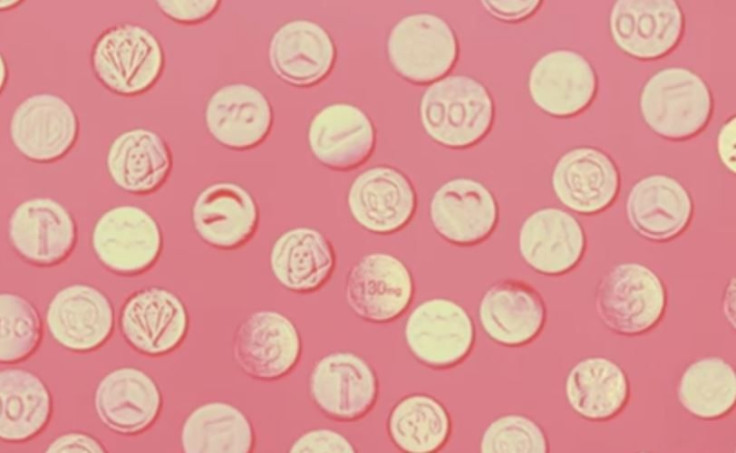Using Ecstasy To Cure PTSD: Psychedelic Gives War Veterans A New Lease On Life

MDMA, short for methylenedioxymethamphetamine, or most commonly known as Ecstasy or “Molly,” has seen a resurgence in popular culture due in part to a raving interest in electronic dance music. But popular culture continues to give the drug a bad reputation — or, arguably, the other way around. With an estimated 11 to 12 percent of veterans who served in Iraq or Afghanistan suffering from post-traumatic stress disorder (PTSD), MDMA may be the miracle drug capable of “curing” the debilitating disorder.
The Verge recently released a short documentary on the effects of MDMA on PTSD and its promising results. In its users, MDMA induces feelings of euphoria, an enhanced sense of pleasure, self-confidence, and increased energy. At the same time, its psychedelic effects include peacefulness, acceptance, and empathy. In patients with PTSD, it works to cure the disorder by reducing activity in the amygdala, where fear is processed in the brain, while also enhancing activity in the frontal cortex, where things are put into context. Together with the euphoria, these processes work to enable people with PTSD to understand that the traumatizing events leading to their PTSD are in the past and should no longer affect their psyche.
MDMA was first developed in the early 1900s as “a parent compound used to synthesize pharmaceuticals,” according to the National Institute on Drug Abuse. Psychiatrists began using it during the 1970s as a tool for psychotherapy but were forced to stop when the drug became classified as a Schedule I drug under the Controlled Substances Act, marking it as having no proven medical use with the potential for abuse. Nevertheless, MDMA is among other psychotherapeutic drugs experiencing a comeback, as psychiatrists look to promising alternative treatments.
To see how effective MDMA may be for treating PTSD, check out The Verge’s documentary below:



























